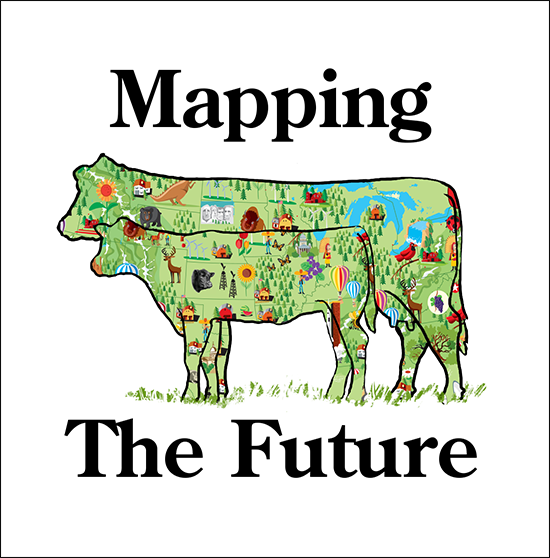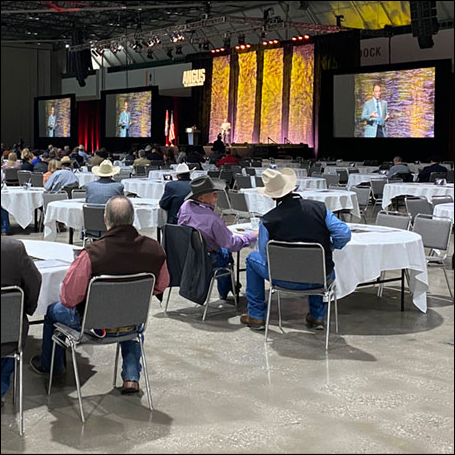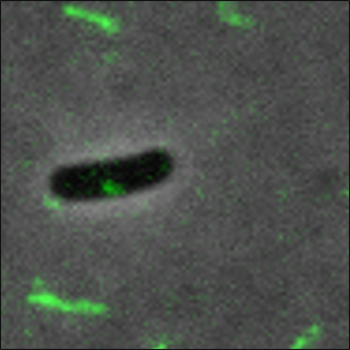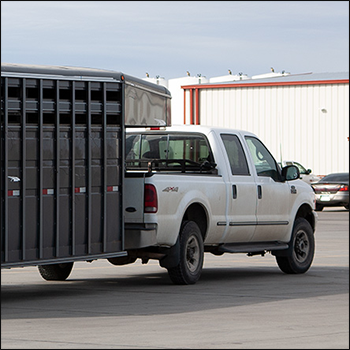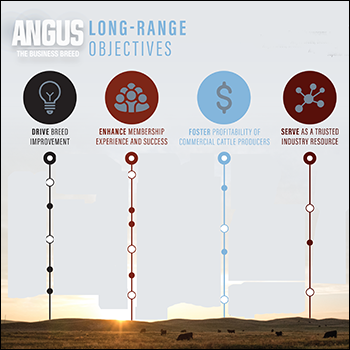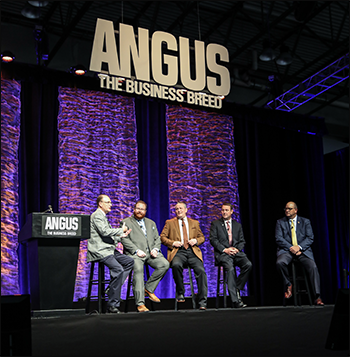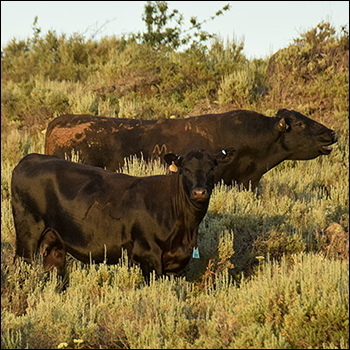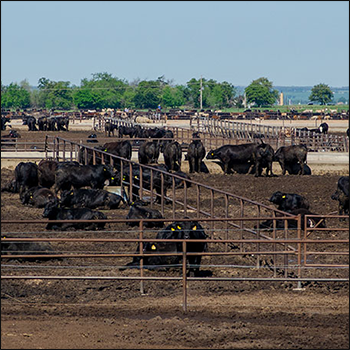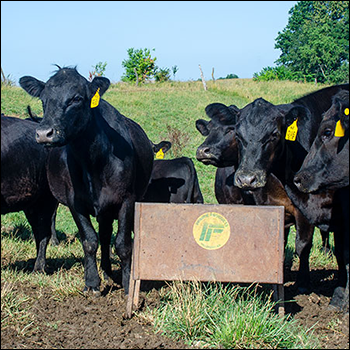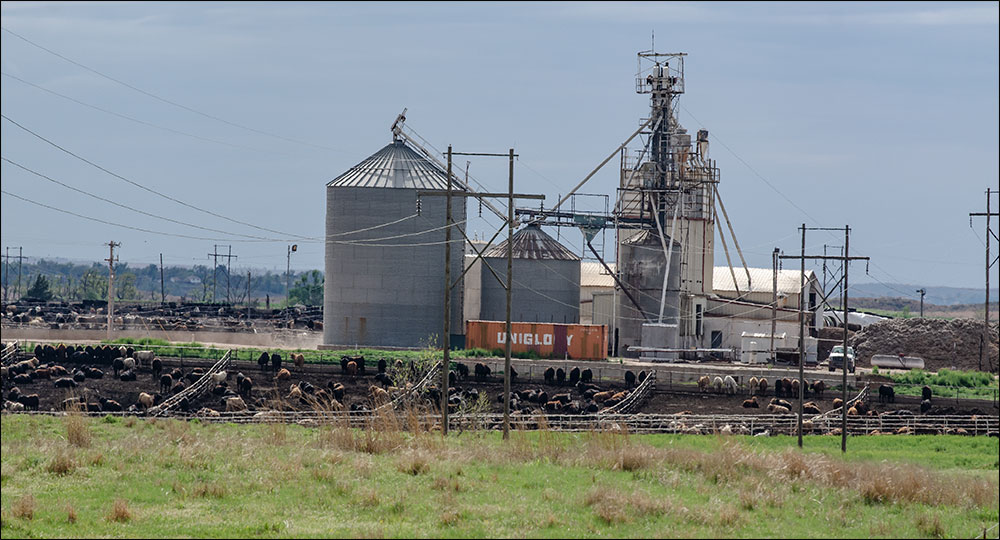
Feedlots Looking Forward
Looking at recent trends helps predict fed-cattle markets.
The feedlot industry displays amazing dynamics over the course of a typical year … and, of course, 2020 has been anything but a typical year. The Nov. 1 cattle-on-feed inventory was 11.97 million head of cattle, up 1.3% from one year ago. Exactly what to expect in fed-cattle markets in the coming months depends on numerous factors, including the demographics of the feedlot population (both size and gender), feed costs, the time of the year, weather conditions and regional effects.
Feedlot placements the past five to six months account for the current inventory and consisted of 22% feeders weighing less than 600 pounds (lb.); nearly 18% feeder cattle weighing 600-700 lb.; 22% feeders weighing 700-800 lb.; 23% feeders weighing 800-900 lb.; and 15% feeder cattle weighing more than 900 lb.
The latest quarterly inventory report showed that feedlot inventories currently include 62.4% steers and 37.6% heifers. This compares to one year ago when feedlot inventories included 60.8% steers and 39.2% heifers. Feedlot placement weight is related to finished weight of fed cattle. However, the relationship is not one-to-one. For both steers and heifers in the typical range of placement weights, a 1-lb. increase in placement weight results in 0.5 lb. of additional finished weight.
The Kansas Focus on Feedlots data show that feedlot average daily gains (ADG) have been higher year over year every month this year. Steer ADG has averaged 3.53 lb. the past six months, and heifer ADG has averaged 3.11 lb. A study of Southern Plains feedlots reports the lowest ADG for closeouts in April/May and the highest for closeouts in December/January. The April/May closeouts include higher proportions of lightweight placements the previous fall. ADG for steer placements weighing 550-600 lb. is 3.47 lb. compared to 3.86 lb. for steers weighing 750-800 lb.
Kansas feedlots also reported better feed efficiency in 2020 compared to one year ago. Like ADG, feed efficiency reflects size and gender of cattle on feed, weather conditions and feed quality. While ADG is positively related to placement weight, feed efficiency is inversely related to placement weight. Steers placed weighing 550-600 lb. have an average feed:gain ratio (dry matter) of 5.7 compared to 750-800-lb. steers with a feed:gain ratio of 5.97.
It appears that general animal health has been better in 2020, as well. Kansas feedlots reported lower death loss in the first nine months of the year for both steers and heifers compared to last year. For steers, average death loss through September has averaged 1.67%. In a multiyear study, average feedlot death loss for 550-600-lb. steers is significantly higher at 3.07% compared to 1.68% for steers weighing 750-800 lb.
Feedlots will manage and balance these and many other factors as they deal with coming winter weather, rising feed costs, the mix of steers and heifers, and the availability of feeder cattle of various sizes.
Editor’s note: Derrell Peel is a livestock marketing specialist for Oklahoma State University Extension. This article is reprinted with permission from the Nov. 30, 2020, edition of the Oklahoma Cooperative Extension newsletter Cow-Calf Corner. Photo by Kasey Brown. Detailed feedlot parameters are from Stehle, Anna, Derrell S. Peel and John Michael Riley. “A Profile of Cattle Feeding: Beyond the Averages” Western Economic Forum, December 2018, Volume 16, Issue 2:62-77.
